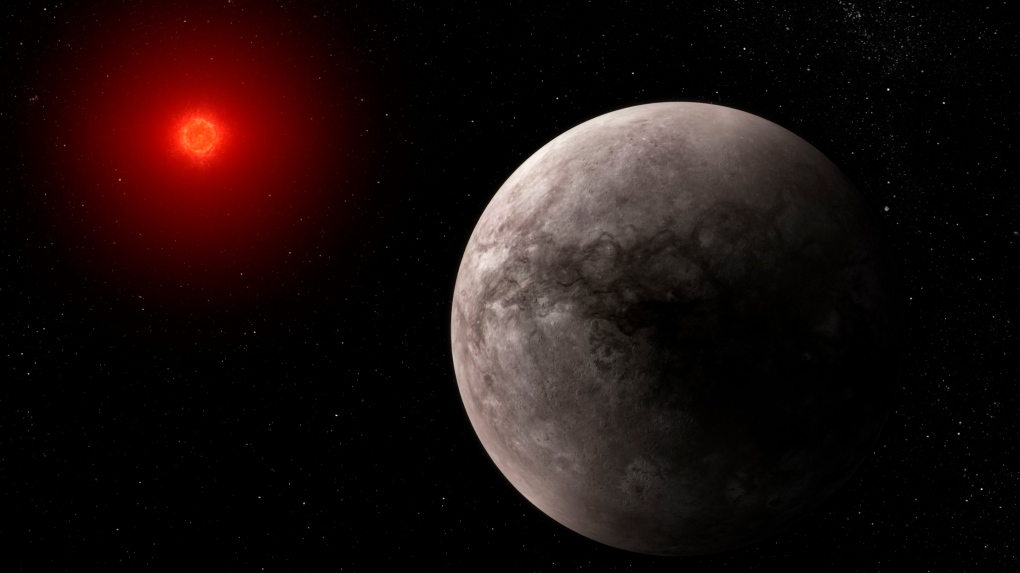
Researchers find new way to identify water and potential life on exoplanets
CTV
An international team of researchers, including those from MIT and the University of Birmingham, have discovered a new way to determine whether exoplanets are habitable or potentially inhabited.
A team of researchers from multiple countries, including those from the Massachusetts Institute of Technology (MIT) and the University of Birmingham, have discovered a new way to determine whether exoplanets are habitable or potentially inhabited.
The research, published Thursday in Nature Astronomy, shows that if a planet has less carbon dioxide in its atmosphere than its neighbours, it implies the presence of liquid water – the determining factor for habitability.
Researchers say this is likely because the carbon dioxide is being dissolved into an ocean or "sequestrated by a planetary-scale biomass."
The scientists said habitability refers to whether an exoplanet can hold liquid water on its surface. Like Earth, the planet must be a certain distance away from its star, an area described as the "habitable zone" or the "Goldilocks zone."
"Planets too close to their star are too hot (such as Venus), those too far, are too cold (like Mars), whereas planets in the 'habitable zone' are just right," a news release accompanying the research states.
Until this discovery, there had been no practical way to determine a planet's habitability, researchers said, although other scientists had made progress. The release states the previous method of checking for liquid water on exoplanets involved looking for a starlight reflection or "glint."
However, researchers added this signature is hard to detect with currently existing technology.

 Run 3 Space | Play Space Running Game
Run 3 Space | Play Space Running Game Traffic Jam 3D | Online Racing Game
Traffic Jam 3D | Online Racing Game Duck Hunt | Play Old Classic Game
Duck Hunt | Play Old Classic Game